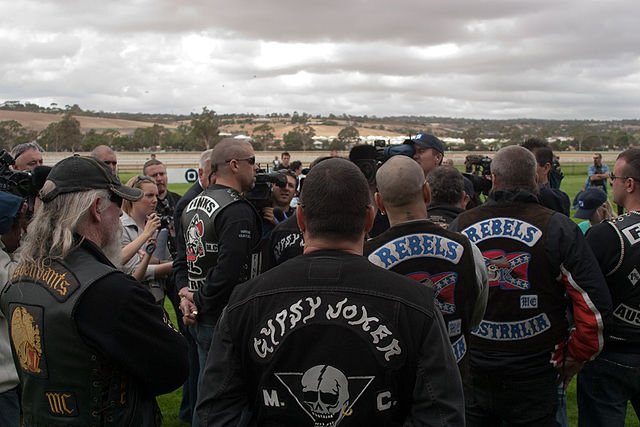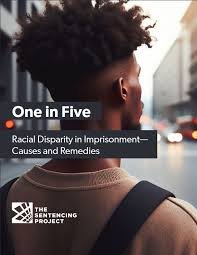By The Violence Policy Center
For the past 25 years, the Violence Policy Center (VPC) has published its annual study When Men Murder Women. Released for Domestic Violence Awareness Month in October, the studies analyzed data from the Federal Bureau of Investigation’s (FBI) Supplementary Homicide Reports (SHR) and ranked the states by their rates of females killed by males in single victim/single offender incidents. In addition to ranking the states by this homicide victimization rate, the studies also offered information on the age and race of these female homicide victims, victim to offender relationship, circumstance, and weapon type. The most recent edition (released in 2022 and which analyzed 2020 SHR data), was the final report to be published by the VPC using SHR data. In January of 2021, the FBI changed the way crime data are collected and reported, which has impacted the reliability of subsequent data. That year, the FBI retired the SHR system and replaced it with the National Incident-Based Reporting System (NIBRS). While NIBRS will eventually provide much more comprehensive and robust crime data compared to the SHR, transitioning law enforcement agencies to the new data collection and reporting system has been slow and burdensome. Indeed, many law enforcement agencies did not transition to NIBRS by January of 2021, which has had a significant impact on the reliability of 2021 crime data. After a careful analysis of that year’s crime data, the VPC has determined that current NIBRS data are not reliable for state-by-state gun violence research as required by When Men Murder Women.
As a result, for the time being the VPC is unable to continue researching and publishing When Men Murder Women, although we hope that we will be able to resume publication of the report in the future. Though other national data sources contain information about homicides, these data sources do not contain the detailed information that was collected and publicly reported by the SHR (for example, sex of offender, type of firearm, relationship, and circumstance).b Over its 25-year publication history, the findings of the report have: led to the passage of laws that protect women and children from domestic violence, including legislation focused specifically on removing guns from the hands of domestic violence offenders; resulted in statewide public education campaigns; spurred the establishment of domestic homicide review boards; and, been repeatedly cited in the support of legislation and policies that protect women and children, including the federal Violence Against Women Act (VAWA).
Washington, DC: Violence Policy Center, 2023. 21p.













